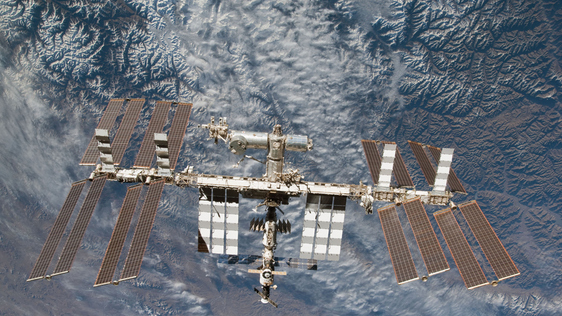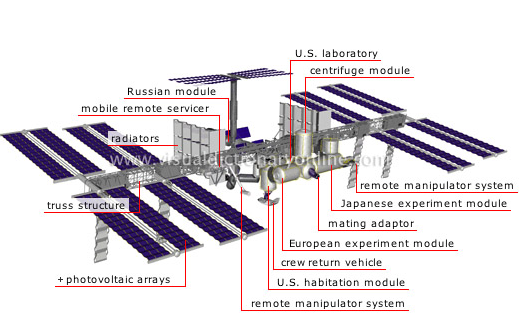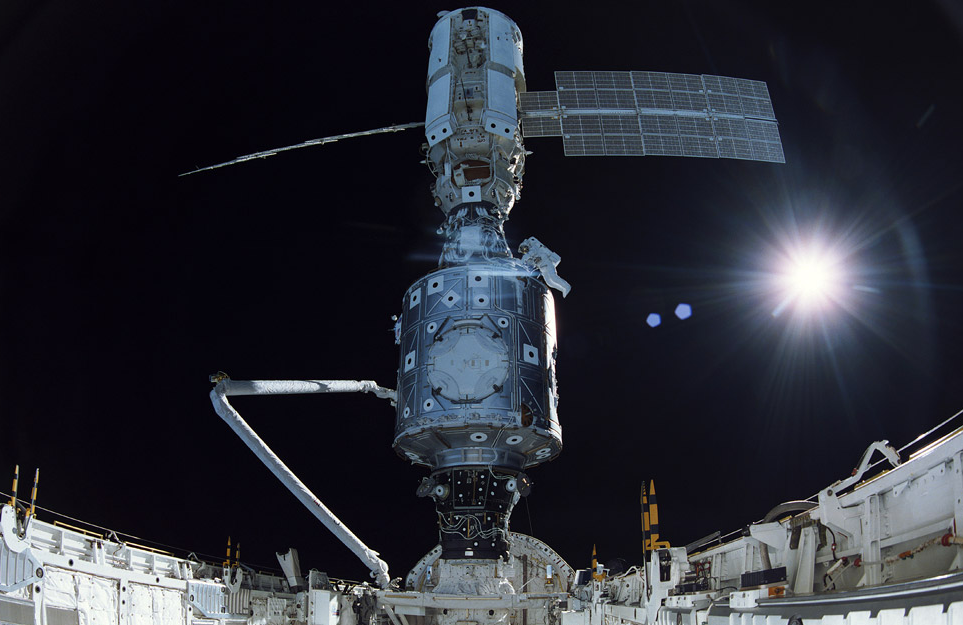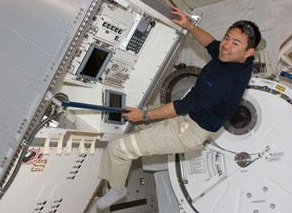The International Space Station (ISS) is 200-plus miles above Earth and orbits at a speed of about 17,500 miles per hour, but it's completely habitable and there has been full crews safely living on the station for the past 12 years. The International Space Station has been a work in progress for NASA for the last 14 years.
NASA is constantly working on improving the International Space Station, which serves as an orbital space facility, acting as a living environment for its employees, an operations system for its officers, and a storing and releasing dock for other shuttles. The ISS has been evolving over time since the very first crew, including Bill Shepherd, Yuri Gidzenko, and Sergei Krikalev, arrived on Nov. 2, 2000. A $100 billion investment, the ISS is scheduled to continue orbit through 2020. The United States, Russia, Europe, Canada, Japan, and other sponsoring nations began building the intricate space shuttle in 1998. The United States, Japan, and Russian teams have been in charge of the designs of the inside of the spacecraft where they try to follow four main principles: modularity, maintainability, reconfigurability, and accessibility.

The International Space Station. Image via space.com.
Sending astronauts into space is risky to say the least, so it's important to continue improving and maintaining their living environment. The ISS does not resemble a stereotypical space shuttle, but rather it looks like some type of insect with one main body and docks connected by trusses, which look like insect legs. Initial building began in the 1980s based on of the Mir and Salyut spacecrafts built by Russia, with floors, ceilings, and walls. There was a horizontal layout where the work rooms and sleeping rooms were next to each other. Later, the idea of a central beam setup came about, where a row of rooms were horizontally next to each other on top of a beam while another row of rooms were below the beam. The idea was that the beam acted as a ceiling for some and a floor for others. In the late 1980s, the team toyed with the idea of a vertical layout, where rooms were placed on top of each other and they could get from room to room by a pole in the middle like a firehouse.

Layout of the International Space Station. Image via visual.com.

In 1998, the crew of Space Shuttle Mission STS-88 began construction of the International Space Station. Image via NASA.
The ISS was essentially built in space, with each piece of the shuttle being assembled once it was already in orbit. The station is made up of modules and nodes that are home to laboratories and living spaces, solar panels that provide power to the spacecraft and trusses that connect the parts and offer basic structural support. Each sponsoring country adds its own flavor to the station: Russia delivered modules and docking hubs to the labs, the Unites States created sound-proof sleeping rooms, and Japan recently added a laboratory.

The Japanese lab aboard the International Space Station. Image via nature.com.
To see the International Space Station from your own backyard, check out NASA's Spot the Station site where you search your hometown and find out when the next time the ISS will be over head. Usually, the ISS is only overhead for a mere five minutes, but it's easy to spot as a slow moving light flickering across the night sky. Users can also sign up to receive e-mails or text messages when the ISS is scheduled to be overhead.
For more information on the making of the International Space Station, download the research paper below.

Want to go behind the scenes with NASA? Littelfuse has created an Exploration & Discovery Experience for the engineering community as part of its 2013 Speed2Design program. Winning design engineers will get the opportunity to spend time with NASA engineers at two NASA facilities and learn about the latest in space technology. For more information and to enter, visit speed2design.com.
By Emily Bahr
Advertisement
Learn more about Electronic Products MagazineNasa





